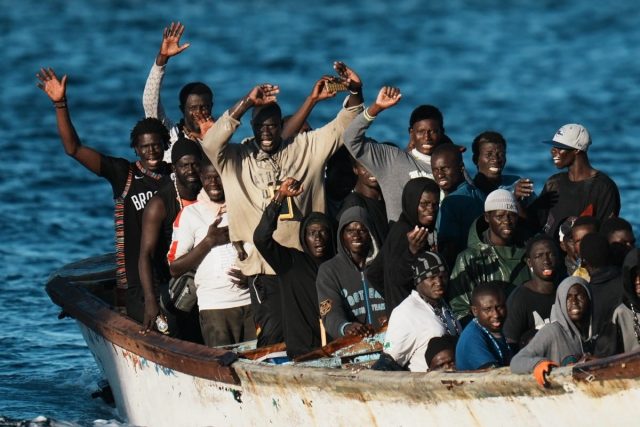
In 2024, Italy recorded a significant drop in irregular migrant arrivals by sea, equal to 60% compared to the previous year.
The data provided by Frontex, the European border control agency, represent a significant change compared to previous years, during which there was an increasing flow of migrants via the central Mediterranean route. According to Frontex, the drastic drop is mainly attributable to the preventive measures adopted by Tunisia and Libya, aimed at hindering the activities of human traffickers.
In 2024, out of a total of 65,472 sea arrivals in Italy, 92% were recorded on the central Mediterranean route, with Libya remaining the main point of departure. 41,425 migrants arrived from Libya, representing 63% of the total. Tunisia follows with 19,246 migrants (29%), while Turkey and Algeria represent smaller percentages, with 3,495 (5%) and 1,109 migrants (1.7%) respectively. These data reflect a clear predominance of the Libyan route, although here too there was a 17% drop compared to the 49,740 arrivals in 2023. Even more marked is the decrease in arrivals from Tunisia, which fell by 80% compared to the previous year, going from 96,160 to 19,246.
The majority of irregular migrants arriving in Italy in 2024 come from Bangladesh, which represents 19.8% of the total with 13,799 arrivals. Bangladeshi migrants often reach Libya by plane, and then continue by land towards the western Libyan coast. Syrian citizens follow, making up 18.7% of the total with 12,504 arrivals. Many of them depart from Libya, where they arrive via direct flights from Damascus or after a stopover in Turkey. Other nationalities include Tunisians (7,683), Egyptians (4,296), Guineans (3,542), Pakistanis (3,284), Sudanese (2,137), Malians (1,667) and Gambians (1,618). In addition, approximately 12,832 migrants belong to unspecified nationalities, an element that underlines the complexity of migratory flows.
An alarming figure concerns the presence of minors among migrants. According to UNICEF, one in five of those crossing the Mediterranean is a minor. These children and adolescents, often unaccompanied, are fleeing from situations of conflict, violence and extreme poverty. The Central Mediterranean route, unfortunately, remains one of the most dangerous: in 2024, almost 1,700 people died or went missing on this route, for a total of 2,200 victims across the Mediterranean. Regina De Dominicis, Director of the UNICEF Regional Office for Europe and Central Asia, stressed the urgency of adopting policies aimed at protecting migrant children. These include the creation of safe and legal pathways to protection and family reunification, coordinated search and rescue operations, and community reception with access to asylum services. The reduction in arrivals was also made possible thanks to the interventions of Tunisia and Libya to counter the activities of human traffickers. However, these measures must not overshadow the conditions in which migrants live in transit countries. Libya, in particular, has often been the focus of criticism for human rights violations in migrant detention centers. In this context, the international community is called to strengthen its efforts to address the root causes of irregular migration, such as poverty, conflict and climate change. Furthermore, it is essential to ensure greater coordination between European countries to manage migration flows in a fair and supportive manner, in compliance with the Pact on Migration and Asylum promoted by the European Union.
The 60% drop in irregular migrant arrivals in Italy in 2024 is a significant achievement, but not without challenges. Although the measures adopted by Tunisia and Libya have contributed to reducing the number of departures, it is essential to address the issues related to safety and human rights along the migratory routes. The situation of migrant children requires priority attention. National and international institutions must work together to ensure safe and dignified pathways for those seeking a better future, preventing human tragedies from continuing to mark migratory flows in the Mediterranean.



 Subscribe
Subscribe